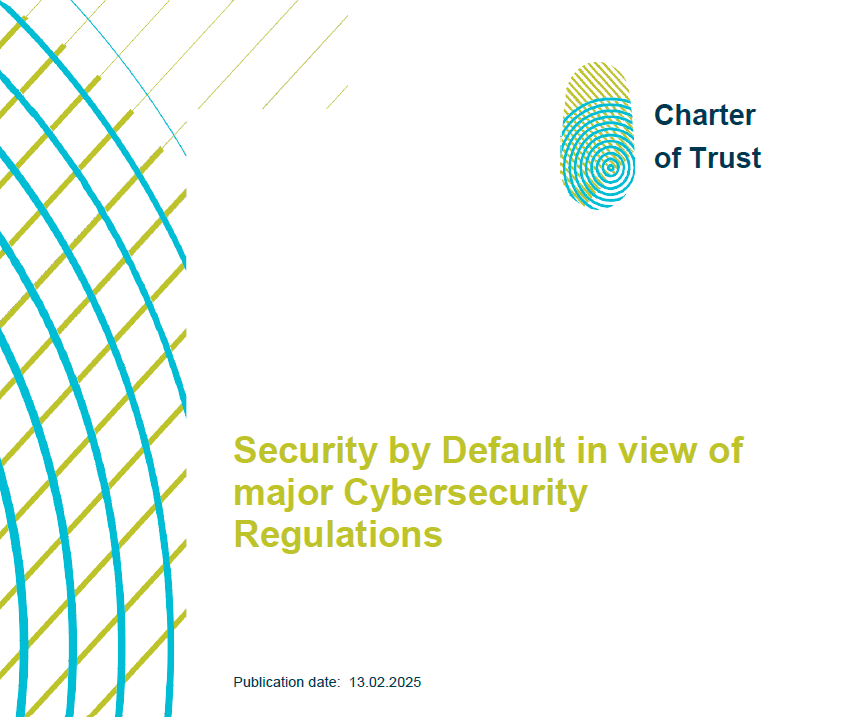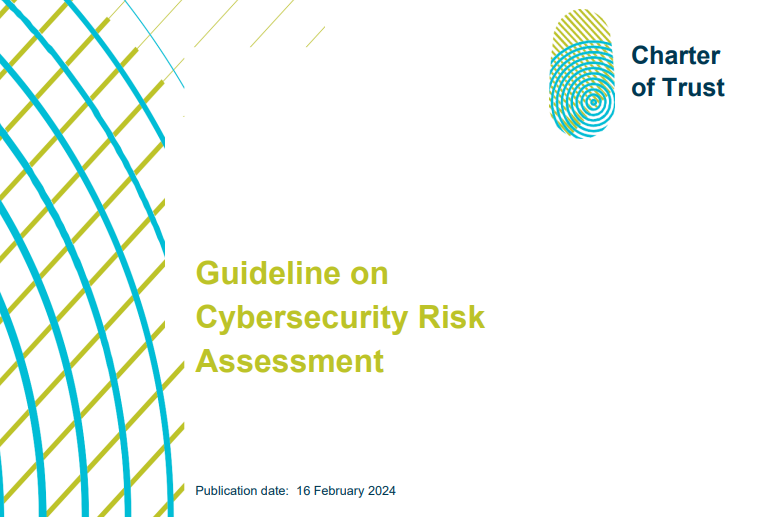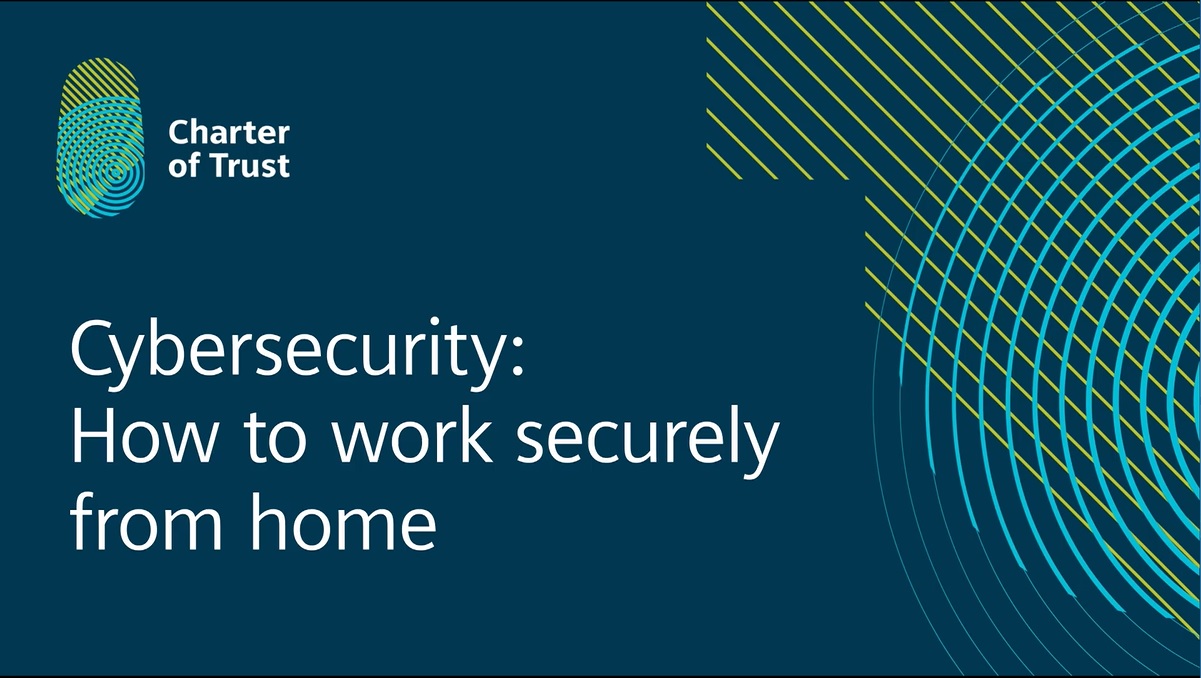
Security by Default in view of major Cybersecurity Regulations
Navigate the Cybersecurity Regulation Maze with Ease
The Charter of Trust is here to simplify the complexity and guide you through the ever-evolving regulatory landscape.
In today's digitized world, cybersecurity plays a pivotal role in maintaining global stability, economic resilience, and individual privacy. Various regulations have been implemented to safeguard individuals, businesses, and infrastructure from ever-evolving cyber threats. Each regulation, while differing in scope and focus by region, aims to protect against breaches, data leaks, and other malicious activities that could disrupt operations and compromise sensitive information.
At the heart of the Charter of Trust lies a commitment to sharing best practices. Our Security by Default Working Group has meticulously analyzed vast amounts of regulatory texts to provide a clear and concise overview of security by default adoption across key global regions.
Stay Ahead of Cyber Risks with Expert Insights
Our latest report is a vital resource for organizations aiming to effectively manage cybersecurity risks and protect their assets. Covering major regulations from the European Union, India, Japan, People's Republic of China, Singapore, the United Kingdom, and the United States, this report offers valuable insights into compliance requirements worldwide.
The principle of Security by Default, as advocated by the Charter of Trust, provides a universal standard for organizations to meet compliance requirements effectively. By embedding security measures from the outset, organizations can ensure compliance with regulations, foster trust with customers, safeguard their operations, and strengthen their market position. This approach not only helps organizations meet their legal obligations but also enhances their reputation and competitive advantage.
Strengthen Compliance, Build Trust, and Gain a Competitive Edge
By embedding security measures from the outset, businesses can:
- Ensure compliance with international regulations
- Build and maintain trust with customers and stakeholders
- Safeguard operations from cybersecurity threats
- Strengthen their market position with a proactive security approach
The publication shows that regulators worldwide have taken different approaches to pursuing common cybersecurity goals, leading to varied and sometimes conflicting regulatory frameworks. This complexity can make it challenging for organizations to navigate the cybersecurity landscape and ensure compliance with all relevant regulations.
This document serves as a roadmap to better navigate this complex landscape, thereby highlighting the benefits of aligning current cybersecurity regulations worldwide. It supports the Charter of Trust's mission to create a secure digital environment for innovation. By following the guidelines outlined in this document, organizations can effectively manage their cybersecurity risks, protect their assets, and contribute to a more secure digital world.
Don't get lost in the regulatory jungle — get the clarity you need today and download the full report below
The Charter of Trust is here to simplify the complexity and guide you through the ever-evolving regulatory landscape.
In today's digitized world, cybersecurity plays a pivotal role in maintaining global stability, economic resilience, and individual privacy. Various regulations have been implemented to safeguard individuals, businesses, and infrastructure from ever-evolving cyber threats. Each regulation, while differing in scope and focus by region, aims to protect against breaches, data leaks, and other malicious activities that could disrupt operations and compromise sensitive information.
At the heart of the Charter of Trust lies a commitment to sharing best practices. Our Security by Default Working Group has meticulously analyzed vast amounts of regulatory texts to provide a clear and concise overview of security by default adoption across key global regions.
Stay Ahead of Cyber Risks with Expert Insights
Our latest report is a vital resource for organizations aiming to effectively manage cybersecurity risks and protect their assets. Covering major regulations from the European Union, India, Japan, People's Republic of China, Singapore, the United Kingdom, and the United States, this report offers valuable insights into compliance requirements worldwide.
The principle of Security by Default, as advocated by the Charter of Trust, provides a universal standard for organizations to meet compliance requirements effectively. By embedding security measures from the outset, organizations can ensure compliance with regulations, foster trust with customers, safeguard their operations, and strengthen their market position. This approach not only helps organizations meet their legal obligations but also enhances their reputation and competitive advantage.
Strengthen Compliance, Build Trust, and Gain a Competitive Edge
By embedding security measures from the outset, businesses can:
- Ensure compliance with international regulations
- Build and maintain trust with customers and stakeholders
- Safeguard operations from cybersecurity threats
- Strengthen their market position with a proactive security approach
The publication shows that regulators worldwide have taken different approaches to pursuing common cybersecurity goals, leading to varied and sometimes conflicting regulatory frameworks. This complexity can make it challenging for organizations to navigate the cybersecurity landscape and ensure compliance with all relevant regulations.
This document serves as a roadmap to better navigate this complex landscape, thereby highlighting the benefits of aligning current cybersecurity regulations worldwide. It supports the Charter of Trust's mission to create a secure digital environment for innovation. By following the guidelines outlined in this document, organizations can effectively manage their cybersecurity risks, protect their assets, and contribute to a more secure digital world.
Don't get lost in the regulatory jungle — get the clarity you need today and download the full report below
Read more
February 13, 2025
• 5 min read

Charter of Trust report: Guideline on Cybersecurity Risk Assessment
This document highlights the significance of caution and due diligence in relation to cyber risks when processes and value chains are supported by digital technology to improve efficiency. As digitalization progresses, such risks exist in products which are combined to systems and networks in the IT but also in the OT world. The intent of this document is to offers practical guidance to risk management based on the experience and expertise of the members of the Charter of Trust P3 Task Force.
Read more
February 15, 2024
• 4 min read

Charter of Trust – Secure Development Lifecycle: step-by-step guidelines
The purpose of this document is to provide additional information on a step-by-step approach for achieving secure development lifecycle, in addition to the Phase 1 and Phase 2 baseline requirements. The document aims to provide a deep dive into the topic of secure development lifecycle and define best practices for achieving the same. This includes the following steps: identifying the basic steps for a development lifecycle model and developing best practices for a secure development lifecycle.
Read more
February 15, 2023
• 5 min read

Achieving Security by Default for processes, operations & architectures
17 Baseline Requirements aimed at enabling security into the design of processes, operations and architectures.
Read more
August 18, 2022
• 5 min read

Achieving Security by Default: An Explanatory Document for the Phase 2 “Processes, Operations, Architectures” Baseline Requirements
The objective of this Explanatory Document is to provide additional information on the Phase 2 “Processes, Operations, Architectures” Baseline Requirements.
Read more
December 07, 2021
• 2 min read

Achieving Security by Default: An Explanatory Document for the Phase 1 “Products, Functionalities, Technologies” Baseline Requirements
The objective of this Explanatory Document is to define the critical cybersecurity requirements needed to deliver secure products, processes, services and business models.
Read more
June 02, 2021
• 5 min read

Achieving Security by Default for products, functionalities & technologies
Baseline Requirements aimed at enabling security into the design of products, functionalities and technologies.
Read more
May 19, 2020
• 2 min read

COVID 19 and how to securely work from home – key recommendations
The current COVID 19 crisis has led to an exponential increase in the numbers of WFH – people working from home – to safeguard public health. At the same time, there is an increased risk in terms of Cybersecurity.
Read more
March 20, 2020
• 5 min read

 PUBLICATIONS
PUBLICATIONS EVENTS
EVENTS NEWS
NEWS


